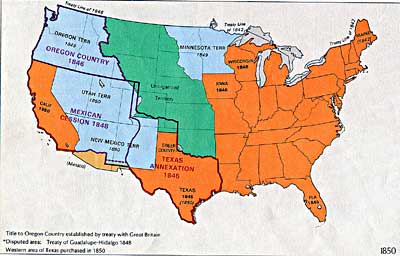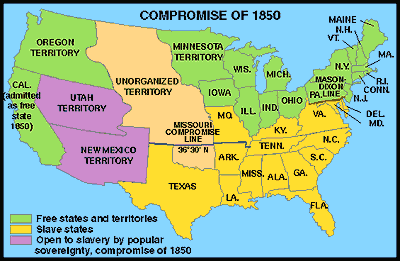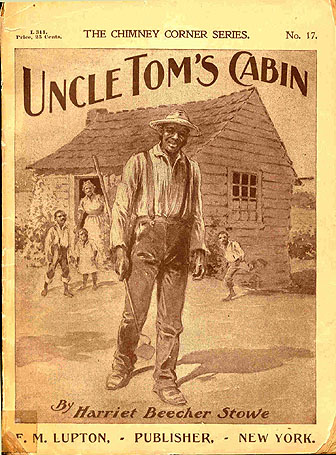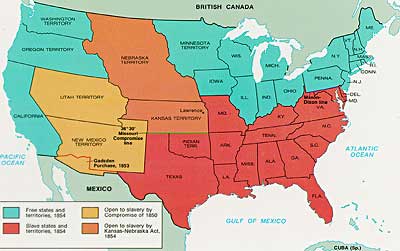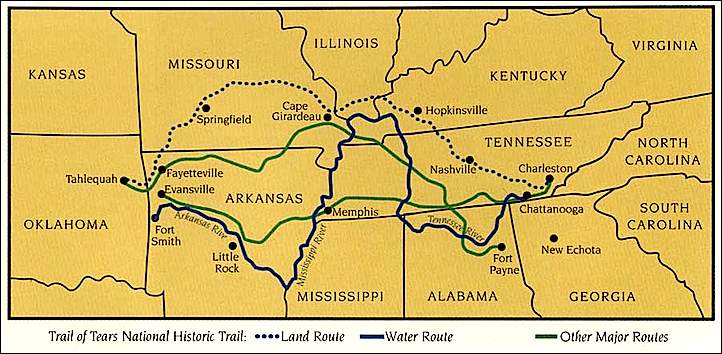1. My best post was probably my first 2 because I put a lot of effort into it and I felt that I did good for doing a blog for the first time.
2. I would rewrite the Tecumseh Speech paragraph blog because I didn't fully complete it which made me get a 2 instead of a 5.
3. I'd have to say that my blog look average overall. I have most of the blogs posted, except for one that I forgot. I feel that my blog looks nice since I personalized it a bit, and that the pictures on the posts make it look even more better.
4. I like having to do blogs in the computer lab on Mondays because it's different than usual classroom work and technology is so common now that everyone likes going on computers. From doing blogs, I've learned various things such as the US, presidents, treaties, Native Americans, Supreme Court cases, Ferguson, slavery, election day, wars, etc. In my opinion, doing classworkwith computers is much more fun and it's an interesting way of learning.

